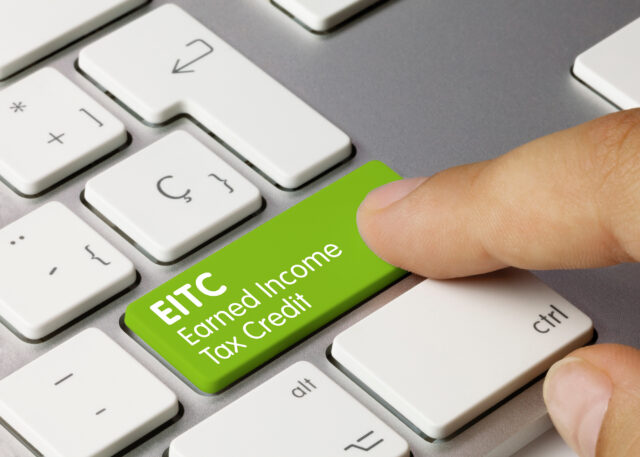
Enhancement to Savers Tax Credit is Minor
The Savers Tax Credit sounds great on paper. Low-income people get a federal tax credit for saving money for retirement.
But this part of the tax code always seems to disappoint.
The House recently overwhelmingly passed a bill, the Secure Act 2.0, that – along with numerous other retirement provisions – makes the savers credit more generous for some low-income workers.
Under current law, taxpayers can get one of three credits – 10 percent, 20 percent, or 50 percent of the amount they save in a 401(k). The Secure Act, which is now headed for the Senate, would somewhat increase the top income levels for the 50 percent credit – from $20,500 currently to $24,000 for single taxpayers and from $41,000 to $48,000 for married couples. The dollar value of the caps on their credits would remain at the current $1,000 and $2,000, respectively.
The House bill would also eliminate the 10 percent and 20 percent credits for higher-income workers and begin phasing out the dollar caps once taxpayers exceed the $24,000 and $48,000 income levels.
The proposed tweak to the tax structure “is not a dramatic change to who gets the credit,” said Samantha Jacoby, the senior tax legal analyst for the Center on Budget and Policy Priorities.
The House also failed to fix the fundamental flaw in the savers credit: it is non-refundable. This means workers who don’t owe any taxes don’t qualify. Without refundability, Jacoby and Chuck Marr write in a recent report, the House bill “ignores a critical reason why so few people with low and moderate incomes claim the credit.”
Disappointment with the tweaks to the savers credit is apparent in the context of the entire bill, which gives much more to higher-income people. For example, the House increased the age that taxation of 401(k) withdrawals kicks in from 72 to 75. Some retirees with modest incomes will tap their savings long before that and won’t benefit from the provision.
“Overwhelmingly, the people who will benefit from this bill are the people who are higher income and already have secure retirements,” Jacoby said.
Another barrier to use of the savers credit is a lack of awareness that it exists. The share of tax filers who claim the credit has increased in the past 20 years but still hasn’t reached 10 percent, according to a report by Transamerica Institute.
To raise awareness, the Secure Act provides some funds to the Treasury Department to produce written and online materials to promote the credit. But raising awareness from such low levels will not be easy.
Today, only 41 percent of households earning less than $50,000 know about the credit, the Transamerica Institute said. Among the smallest employers, 45 percent are not aware of it, and another 20 percent know about it but do not encourage workers to use it.
The bottom line: the modifications to the savers credit for low-income workers don’t amount to much.
Squared Away writer Kim Blanton invites you to follow us on Twitter @SquaredAwayBC. To stay current on our blog, please join our free email list. You’ll receive just one email each week – with links to the two new posts for that week – when you sign up here. This blog is supported by the Center for Retirement Research at Boston College.





